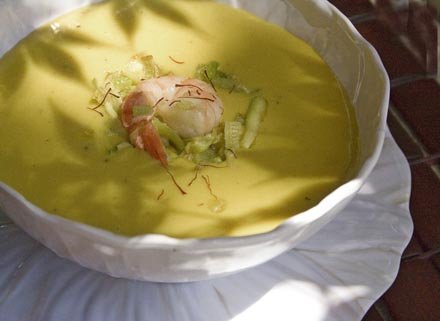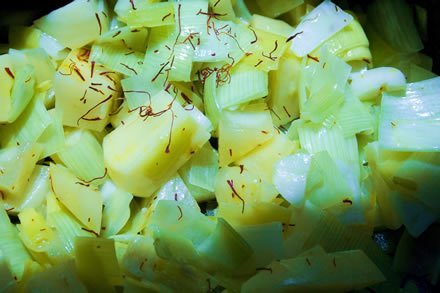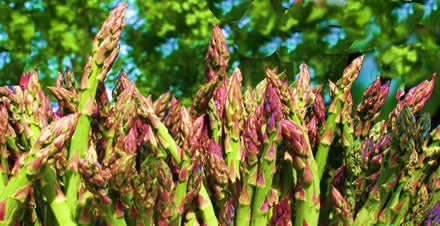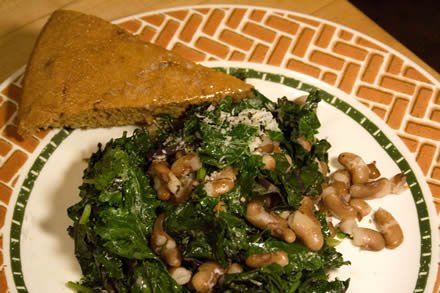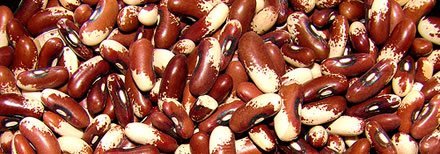(Vegetarian, gluten-free)
We’ve been smoking things around here. I’m afraid that’s not as interesting as it sounds…
I’ve been looking forward to sharing this recipe for awhile now. I’ve been waiting for the right time.
I’ve been waiting for an aimless weekend, the long kind in which the days cannot be separated out from the haze of smoke inevitably billowing up from the grill, that sweet-wood scent rushing into all the open spaces, the heat of the fire pit beckoning and pushing away all at once, while the early-summer sun rubs our shoulders and warms the backs of our heads.
Memorial Day weekend is what I was thinking. That’s exactly the kind of weekend this was supposed to be, so promised our local meteorologist, breezily waving away the signs that suggested intermittent rain. “If I were a betting man, I’d place my coins on good weather over the next three days,” he said.
I wonder how much he lost.
And so we’ve spent the weekend dashing between the spate of thunderstorms into the few spots of sun that have graced the humid sky. Yesterday, when the sun pushed ahead of the clouds and conquered the horizon for what turned out to be a solid two hours and 13 minutes, we grabbed it by the scruff and shook every last bit from it.
Just before the sky went electrical again, we managed to fire up the grill and smoke some apples. Yes, that kind of smoking.
Smoked Apple Salad with Red Rice, Bleu Cheese and Speckled Cranberry Beans
This Red, White and Bleu Smoked Apple Salad has become a standby in our household, a punctuation mark between the seasons. Memorial Day is almost always the first smoked apple holiday of the year. And so it was this year.
It’s particularly fitting that Memorial Day announces the smoker season, since it’s impossible to use the smoker without remembering my dad. Simon and I inherited the smoker from him, and I inherited my insatiable curiosity about how flavors change when combined from him. He was one of the most creative and adventurous cooks I’ll ever know.
He was an enthusiastic meat eater, and so this smoker has seen some slabs of beef. We can’t say we’ve carried on that tradition, but for a pescetarian household we do pretty well. I think my dad would approve of how we’ve used his smoker.
Yesterday we employed it as a grill first, getting those beautiful stripes on some market-fresh bunches of white and green asparagus. Then we heaped on the wood chips to get that sweet burnt flavor going, and threw on all manner of things: bell peppers, corn in its husk, whole garlic heads, salmon, portabellas, and the apples.
The recipe:
The flavors here are robust and complex, a marriage of sweet, salty, sharp and nutty. The texture, too, is a mosaic, with crunchy and creamy and crumbly and chewy all making an appearance.
The salad is unwittingly but fittingly red, white and bleu. Though apt to change at any time, right now our favorite version goes like this: mixed heirloom lettuce, razor-thin strips of red onion, bleu cheese, smoked apples (the “white” comes from their flesh), plus toasted pecans or walnuts, red rice and red or white beans.
For beans, I settled on the Cranberry Speckled heirloom, which came to me courtesy of Diane Ott Whealy at SSE. According to the SSE website, the bean came to the US from England around 1825. Other sources suggest that the bean originated in South America, traveled to Europe and from there came to the States. Whatever its roots, it’s a firm, plump, beige-pink character with a distinctly nutty flavor. Because it is reddish, with a white(ish) flesh, it was ideal for this salad.
Despite their heirloom status, cranberry beans are pretty easy to find in stores, especially places like Whole Foods. However, you could substitute with a red or pink kidney bean.
About smoking apples: If you don’t have a smoker, it’s still possible to make this salad by adding wood chips to your regular grill. The challenge will be in keeping the apples from cooking. The aim is to infuse them with the smoky flavor without heating them till they lose their crunch. You’ll need to place them as far from the hot spot on the grill as you can, and keep a sharp eye on them. You could smoke them at the end, when the fire is winding down and the heat has thinned.
Red White and Bleu Salad with Smoked Apples and Speckled Cranberry Beans
10 ounces mixed salad greens
½ small red onion, sliced very thinly
2 – 3 apples, cool smoked and sliced into wedges
1/3 cup walnuts or pecans, toasted and chopped
4 ounces sharp blue cheese (we like Danish blue or Stilton)
½ cup cooked red rice (brown rice can be substituted)
½ cup Speckled Cranberry heirloom beans (any cranberry bean will work, as will a red or pink kidney bean)
In a large bowl, combine ingredients. Before serving, garnish with artistically placed slices of onion, beans, nuts and cheese.
Options for dressing:
There are so many. Generally we go with a purchased dressing, Drew’s Smoked Tomato (available at most grocery stores). Sometimes though the smoky dressing and smoky apples seems redundant — depends on the mood. So here are some other ideas:
- A warm “bacon” dressing. We don’t eat meat (well, I don’t anyway) but Morningstar Farms makes a convincing “facon” (albeit not vegan and not GMO-free). For the dressing, cook five strips of their bacon till crispy, then cool. Crumble the strips, and in a bowl combine 3 tablespoons olive oil, 3 tablespoons red wine vinegar, 1 teaspoon sugar and 1/2 teaspoon Dijon mustard. Season with salt.
- A new one just suggested to me: Mix a few tablespoons of your favorite Ranch style dressing into a cup of balsamic vinegar, and season with salt and cracked pepper. You’re aiming for just a touch of creaminess to temper the vinegar flavor. I had to play around with the ratios quite a bit, but when I was done I had a smooth but tangy salad accessory.
And before I sign off for the weekend, indulge me in a bit of sentimental musing:
As we celebrate this holiday and every holiday, with whatever traditions we hold dear, I will offer one wish for all of us: May we all, in some way or other, pause to remember.
Let’s remember who we are in this singular moment in time, and let’s remember a moment later that we’ve already moved on to something else. Let’s conjure an image of who we wish to be, our most ideal vision of ourselves, and all the little ways that we might move ourselves closer to that. Let’s remember where we’ve been, and what this might say about where we are headed.
May we all be taken by surprise by a memory of something that matters, something that has changed us for the better and for the worse (because life, with all its messy contradictions, is often this way). I hope that we all recognize and remember our gifts, those things inherent within us and those things bestowed upon us by those people in our lives who are also gifts.
And they are gifts, so let’s remember them. Living and no longer, those essential people who have touched us and shaped us, our lives, our paths, our personalities. The people that we see stretching back behind us every time we catch sight of ourselves in a mirror. The ones who have so generously shared themselves with us and have reveled in those things that we’ve shared with them. The people whose dusty thumbprints remain smudged, invisibly but irrevocably, upon our foreheads, the ones we come back to over and over again without even knowing it. For those people, may we all remember with gratitude.
Happy Memorial Day, Dad. Wherever you are, may you be eating well.

